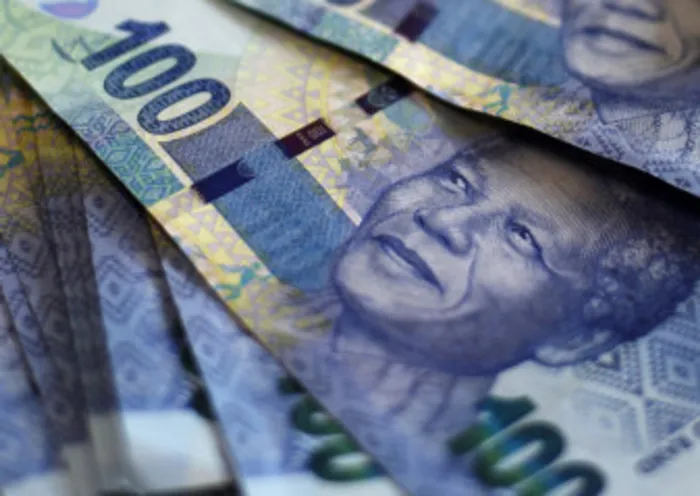WDC programme pays off for Cape Town

Cape Town - The R60 million spent by the City of Cape Town on the World Design Capital 2014 programme delivered a “considerable yield on investment”, with a direct contribution of R59.2m in new business sales.
This is according to an independent evaluation of the World Design Capital (WDC2014) year by development economists, Urban-Econ.
In a report submitted to the city’s tourism, events and economic development portfolio committee, Urban-Econ said that for every R1 of the city’s budget spent on the programme, R2.46 was generated in the economy in terms of new business sales and R1.11 was generated towards the gross geographical product (GGP).
This GGP translated into a direct investment of R25.2 m to the Western Cape economy and an indirect investment of just over R40m.
Garreth Bloor, mayoral committee member for tourism, events and economic development said: “Incidentally these returns are higher than projects in the agricultural industry, which is one of the biggest economic sectors in the Western Cape.
“The returns have also surpassed the projects’ contribution to the GGP in the trade industry and the printing and publishing industry. The expenditure of the R60m budget also resulted in an increase of R41m in household income.”
Furthermore, a collaboration between WDC2014 and Thundafund on 37 projects resulted in a crowd funding investment of R1.2m, which in turn led to an indirect R2.2m impact on new business sales. The Dutch government also invested in the programme by spending R10.5m on the #cocreateSA project.
Urban-Econ’s analysis was based on the findings from the 220 recognised projects that provided feedback as well as the findings from other participants such as government officials, tourism officers and local design organisations.
Cape Town won the bid to host the World Design Capital 2014 in 2012 and in terms of its host agreement, it had to appoint an independent implementation agency to market the programme. Cape Town Design NPC (CTD) was appointed in 2012, and allocated R40m of the city’s R60m budget for the year. Cape Town Design also raised R1.3m in cash sponsorship and in-kind sponsorship of R6.2m.
The agency spent almost R41m in total on the World Design Capital and the balance of the funds will revert to the city when the company is closed at the end of the month.
However, the city also appointed an internal team to focus on the municipality’s capacity to use design-led thinking within the organisation. The city’s WDC team was allocated a budget of R20m.
According to Meltwater, an online media monitoring agency, information about WDC2014 appeared in 3 637 online articles between March and October 2014. The potential viewership of these articles is about 2.4 billion.
In his report to the tourism portfolio committee, Richard Perez, of the WDC team, said the programme highlighted 77 innovative city projects and introduced the City of Cape Town to service design with a design project at the Ikhwezi Clinic in Nomzamo, in the Helderberg area.
But the impact of the WDC2014 on ward projects was described in the report as “groundbreaking”.
Perez said: “Nothing like this at this scale has ever been carried out by the City of Cape Town or, as far as we know, by any other municipality in the country.”
He said 36 workshops involved 81 wards during the programme which leveraged more than R15m in ward allocation spend. Of the 2 500 people who took part 1 600 were residents and 475 were professional designers.
Perez said: “Additionally to the rand-value impacts that have been described… the WDC2014 also had impacts in the economy that is not easily quantifiable.”
He said all the initiatives created an awareness of Cape Town and the impact of design-led thinking.
The independent analysis indicated that the objectives of the WDC2014 were met, said Perez.
Cape Argus